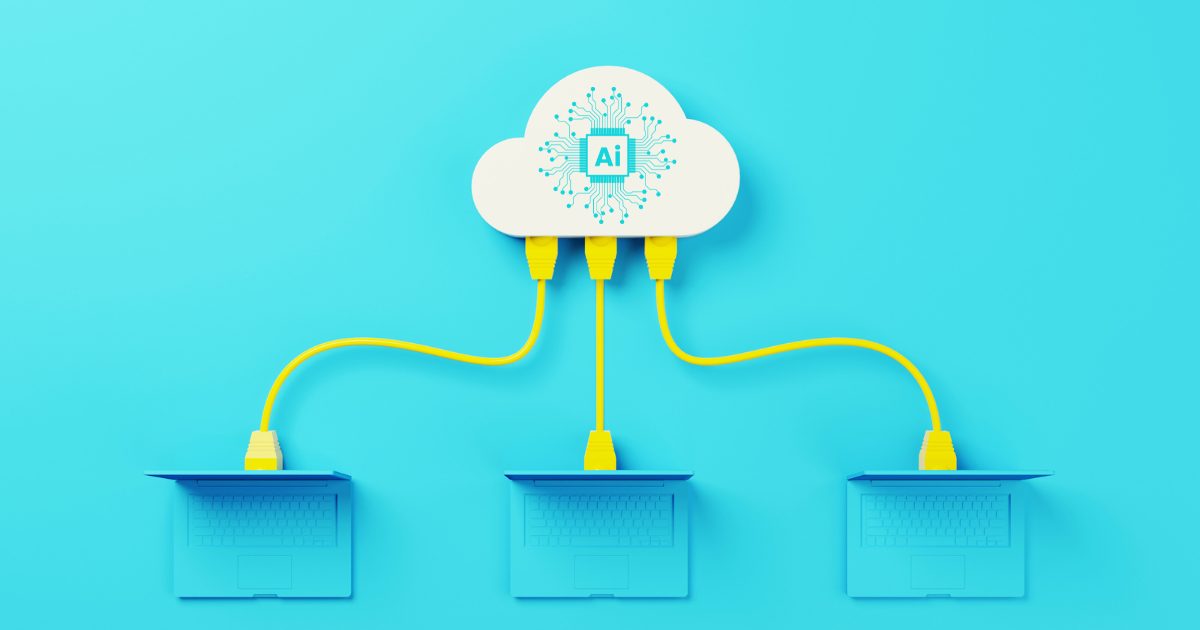Organizations looking to take full advantage of Microsoft Power Apps have two options when creating applications: model-driven apps and canvas apps. When considering the appropriate type, it is important to understand the difference between model-driven apps vs canvas apps. With a plethora of terms used to distinguish the long list of Power Apps features, understanding these terms is the first step toward maximizing the potential of your Power Apps.
This article outlines all you need to know about Microsoft Power Apps, including the differences between creating model-driven apps vs canvas apps and use cases for each.
What is Microsoft Power Apps?
Power Apps is a suite of apps, services, connectors, and a data platform that represents revolutionary innovations in the tech world incited by low-code/no-code software. With Power Apps, employees with limited knowledge of coding software are now able to build customized business applications that are optimized to function just like an application coded from scratch.
With a growing number of templates that can be used as building blocks for any application, Power Apps allows organizations to adapt quickly to market demands and instantaneously build and enhance applications that meet those demands. This creates optimized productivity and flexibility in the workforce, empowering any employee to create applications while IT professionals can focus their skills on other pertinent tasks.
What is a Model-Driven App?
Building upon the data in Microsoft Dataverse (the main hub of data in the Power Platform), model-driven apps use Dataverse to integrate intricate models of data, business processes, and tracking activities in applications created in Power Apps. If you are looking to build an application that supports advanced business processes that require real-time integrations of complex datasets, especially if the application is more for consolidation and visualizations of data, then a model-driven app is what you’re looking for.
Benefits of Model-Driven Apps
Since model-driven apps rely heavily on data from Dataverse, they tend to be more focused than other applications, without as much functional flexibility. Although this may not seem exactly like a benefit, there are many use cases where this rigid functionality is beneficial.
For example, a model-driven app may not have a fully customized UI to be flexible enough to meet specific needs of users; you can quickly design these apps from existing models within Power Apps. Model-driven apps are a great way to develop an application that consolidates data, and this consolidated data application can either be the foundation of, or integrated with, other applications created in Power Apps.
What is a Canvas App?
Canvas apps are not reliant on Microsoft Dataverse, focusing rather on customized UI and functionality. A description of canvas apps is also in its name: it is a blank screen, or blank canvas, on which you can manually customize each screen. This allows the maximum amount of customization and modularity to give you complete control while creating an application that has the look, feel, and functionality to address your business needs.
Benefits of Canvas Apps
Although canvas apps do not come with real-time integrations from Dataverse, certain connectors can be added to integrate only the data needed for the functions of a canvas app. The main benefit of canvas apps is that it allows you to create a seamless UI that is tailored to the needs and scenarios of your users.
For example, if you are building an application that requires your employees to submit expense reports, you may want to customize this app from a blank canvas. This will ensure that your application design makes this task as easy as possible for users.
If you would like to know more about the differences between model-driven apps vs canvas apps or how to build custom apps for your business needs, reach out to connect with one of our Microsoft consultants.


























